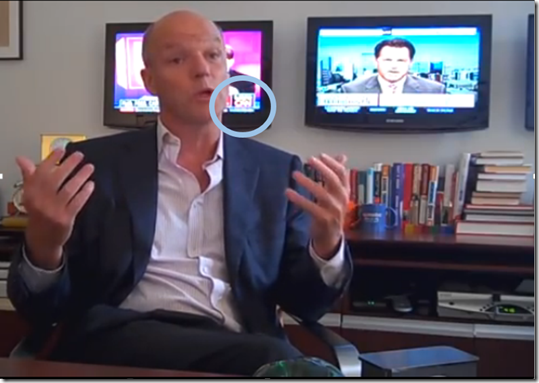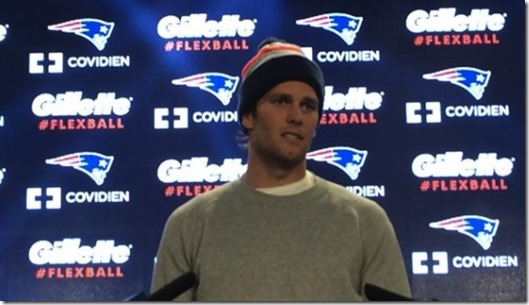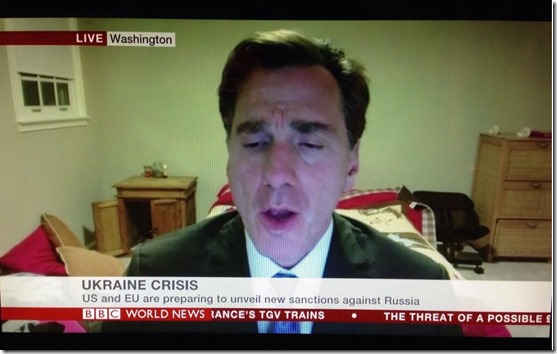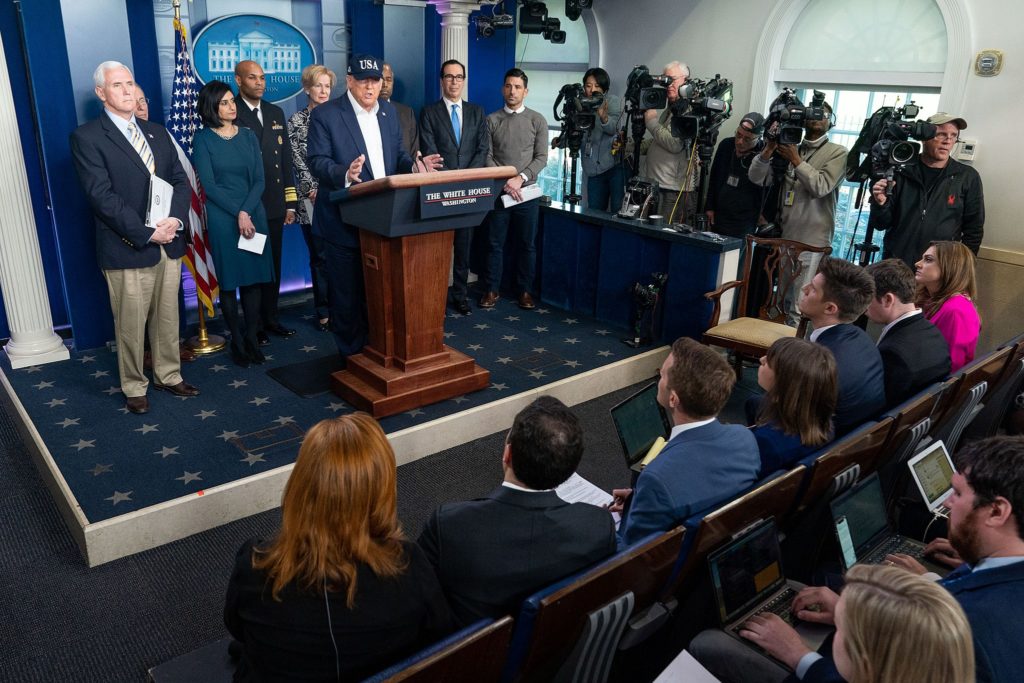PR Fail: Look Behind You!
Late last week, New England Patriots Head Coach Bill Belichick and Quarterback Tom Brady (below) tried to take the air out of accusations that they had intentionally deflated game balls during their AFC Championship Game win.
Unfortunately, it looked as if the Patriots’ PR staff didn’t consider the background those two spokespersons would be standing in front of while denying the charge. As both men spoke, an advertisement for Gillette’s “Flexball” razor served as their backdrop, an unfortunate coincidence noted by thousands of people on social media.
(There are two other possible explanations—one, the Patriots were under a legal obligation to use that background, and two, Gillette willingly took the risk to be associated with this controversy in return for the additional exposure.)
The Patriots are far from alone in using an ill-considered background. In 2010, for example, MSNBC President Phil Griffin announced his network’s new branding strategy in a self-produced video—while CNN played in the background.

Last year, the former U.S. ambassador to Poland, Lee Feinstein, gave an interview to the BBC with what looked to be a sloppy dorm room behind him. I dubbed this “the worst webcam background I’ve ever seen.”
And in one of my all-time favorite clips that readers of this blog have seen before, then-Alaska Governor Sarah Palin pardoned a Thanksgiving turkey—while turkeys were being slaughtered behind her.
I gave some advice about choosing the right background in my book, The Media Training Bible: 101 Things You Absolutely, Positively Need To Know Before Your Next Interview:
“Company representatives might stand on a bustling factory floor to show their business’s vitality. Marine biologists might remove their shoes and deliver an interview from the water’s edge. A health expert discussing the seriousness of diabetes might choose to do an interview from a local hospital’s emergency room.
Your background is even more important during a crisis. As a general rule of thumb, don’t display your logo during a crisis. Why help the audience remember that your brand is associated with bad news? That means you shouldn’t stand in front of any signs, buildings, or awnings that feature your company’s symbol. Also avoid wearing any clothing, caps, or pins that bear your company’s name.”
It’s easy to understand how these things happen: We become so fixated on the messages we want to deliver that we too often forget about the optics. So before your next interview, take a quick glance around you to make sure nothing in the background could conflict with your message.
Like the blog? Read the book! The Media Training Bible: 101 Things You Absolutely, Positively Need to Know Before Your Next Interview is available in paperback, for Kindle, and iPad.




